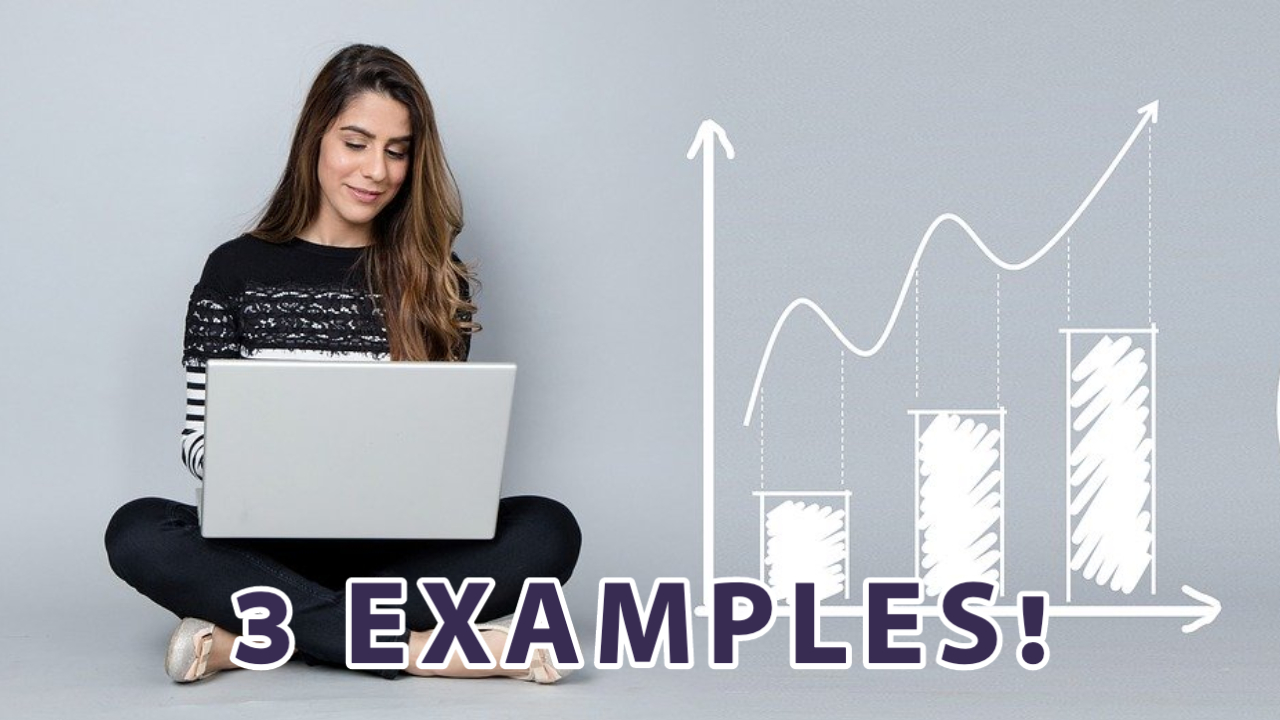
(3-minute read)
With the recent volatility in markets, my attention has been turned to NTA, commonly known as net tangible assets. In the days when ‘greed was good’, many a corporate raider would purchase companies for their NTA with the ensuing sum of parts being greater than the whole.
Subsequently selling the NTA part of the business provided instant profit.
Now some investors are once again looking to NTA as a guide to find undervalued investments and some companies are touting their NTA to demonstrate the future viability of their business. But is NTA all it is cracked up to be?
Net tangible assets are the assets on balance sheets that are tangible, something that is touchable or real.The ‘net’ portion refers to taking away the liabilities thus leaving a net figure. If a stock price is lower than its physical assets minus liabilities (NTA) we have found a bargain. What could go wrong?
A perusal of Tourism Holdings’ FY19 annual report shows that its NTA is $1.56 per share. With the share price at $1.16 (22 April 2020), one could wonder if we have stumbled onto a bargain. But some further digging reveals that the largest asset ($407m) is property, plant, and equipment.
Due to Covid-19 restrictions, the majority of that plant and equipment is not being utilised. In the future, will it be utilised to the extent that it was previously?
That would indicate potential sale and/or write-down of much of that asset. The question that an investor needs to ask is whether the figure of $407m for these assets is realistic.
If Tourism Holdings were to realise $307m for this asset in a distressed sale, then the NTA would reduce from $1.56 per share to $0.90. Maybe the market is onto something?
Another company that was trading at an even greater discount to NTA is Smith City. It operates retail stores selling homeware throughout NZ. It also has a large finance division that operates by providing finance to its customers. Smith City’s FY19 annual report states that NTA is 77 cents per share (cps), yet the company is trading at 12cps.
Surely a bargain? Even if liquidated the shareholders will get more than 12cps? One must again dig deeper and investigate the status of the assets. The FY19 accounts record finance receivables of $65m and inventories of $35m.
The market seems to doubt the figures that are provided by the company in the balance sheet. Furthermore, note 3 subsection (g) states that the company has not adopted new standard IFRS16. It goes on to explain that if they did then there would be a lease liability on the balance sheet of $47.1m. What could go wrong?
To illustrate a company that trades at a premium to NTA, Xero (XRO) has a stock price of $89.29 (19 June 2020). Yet, were one to look at its NTA they would find it is a mere 45cps. There is an expectation that the company will produce greater returns than just from its tangible assets.

Many companies are currently trading at large discounts to their NTA. A company balance sheet is only as useful as the accounting treatment used to provide the figures and the expectation that these assets can provide future earnings. Rather than rely on NTA, the investor should ask what the net realisable value of the assets is.
The keyword being realisable and in this volatile investment environment, the expectation may differ from day-to-day. Checking the quality of the underlying NTA may be the difference between a bargain and a disaster.
Post-date: After writing this article, Smith City went into receivership on the 22 May with the directors stating in a prior announcement that there would be nothing left for shareholders. It seems rather incongruous that only a year ago there was still 77cps NTA, six months ago 67cps, and now nothing.
Source: NZ Shareholders Association / Samantha Sharif
IMPORTANT: This article is of general nature only and readers should obtain advice specific to their circumstances from professional advisers.
P.S. I research and interview economists, NZ investors and profitable companies to find tools & tactics that you can use to achieve financial freedom.
➔ Join my private newsletter to be the first one to learn insider tips! Here are examples of what you’ll get. It’s FREE. You can unsubscribe at any time. I treat your email as my top secret.